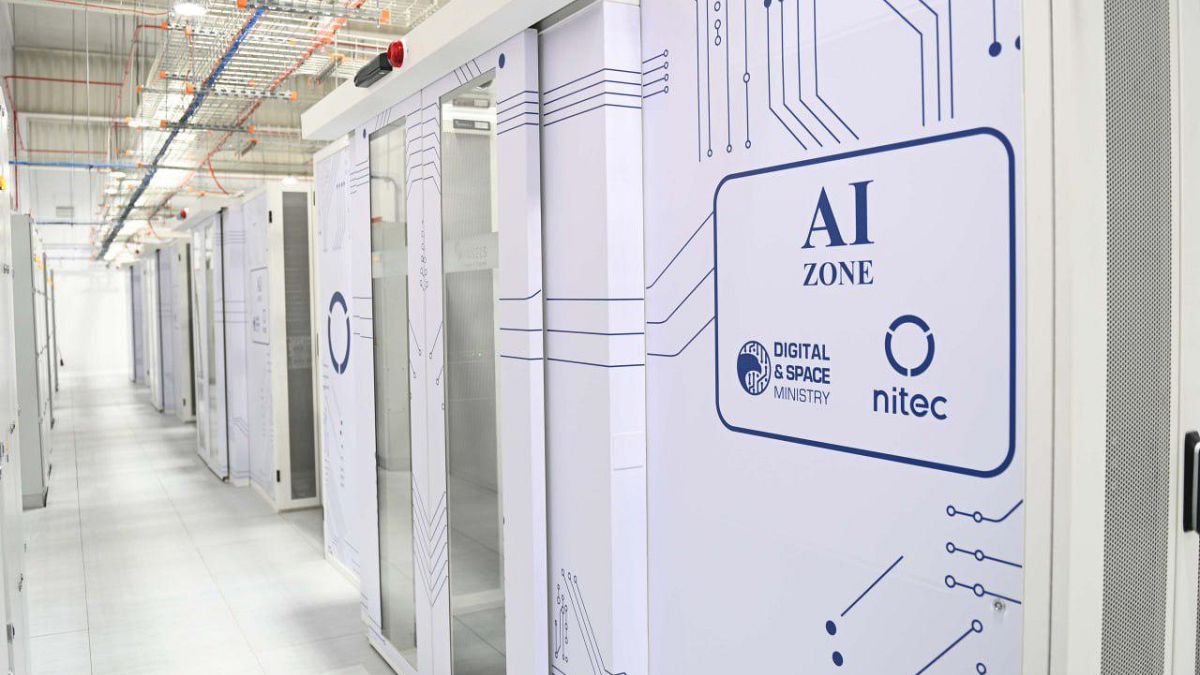

Kazakhstan is stepping into a new era of technological advancement with the launch of the most powerful supercomputer in Central Asia. This significant development is aimed at enhancing the country’s capabilities in artificial intelligence and securing its future independence and sovereignty. At the same time, researchers at the Chinese University of Hong Kong are breaking new ground with technology that could potentially make human life on the Moon feasible by extracting vital resources from lunar soil. These exciting advancements reflect the broader trend of technological innovation shaping future possibilities both on Earth and beyond.
In Kazakhstan, the unveiling of a state-of-the-art supercomputer underscores the nation’s commitment to developing local solutions and infrastructure. Experts and political leaders in Kazakhstan believe that possessing such powerful computational tools is essential for a country’s success and autonomy in the future. The supercomputer will not only boost the country’s AI capabilities but also support various research and development projects across sectors, fostering an environment of innovation and self-reliance.
This move aligns with a broader global recognition of the importance of digital infrastructure in securing national sovereignty. The ability to process vast amounts of data efficiently has become a cornerstone of modern technological systems, impacting everything from national security to scientific research and development. By investing in their own high-performance computing capabilities, Kazakhstan positions itself as a forward-thinking nation ready to embrace the digital future.
Simultaneously, on the outskirts of human imagination lies the prospect of lunar habitation. Researchers from the Chinese University of Hong Kong have developed a groundbreaking technique that extracts water from lunar soil, offering a potential pathway to sustainable life on the Moon. This water can be converted into oxygen and chemical fuel, essential resources for long-term lunar missions. This innovation opens up new avenues for space exploration, making the vision of human settlements on the Moon an increasingly tangible reality.
The ability to utilize in-situ resources not only reduces the need to transport every necessity from Earth but also lays the foundation for longer-term lunar missions. By harnessing the materials already present on the Moon, future explorers and settlers might have the opportunity to build a self-sustaining environment. This research is poised to be a cornerstone of future lunar missions, marking a significant step towards mankind’s extraterrestrial aspirations.
Together, these developments in Kazakhstan and the field of lunar technology highlight the rapidly evolving landscape of innovation. As nations and scientists break new ground, they not only pave the path for advancing current technological frontiers but also embody a spirit of exploration and forward-thinking.
In conclusion, the advancements in both Kazakhstan’s supercomputing infrastructure and lunar technology by researchers in Hong Kong illustrate the pivotal role of innovation in shaping our collective future. Whether through empowering nations with computational resilience or enabling unprecedented journeys beyond our planet, the pursuit of knowledge and technological progress continues to inspire hope and possibility in a rapidly changing world.
Source: {link}
